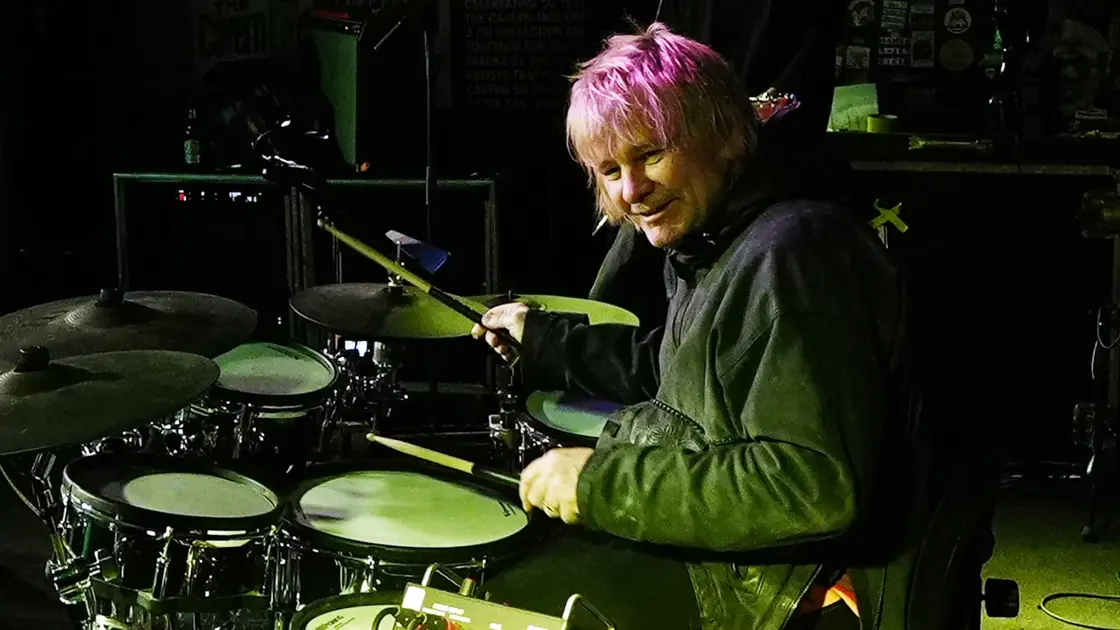T4K3.news
New microbe reshapes life definitions
A minimal genome archaeal microbe linked to a host could redefine what counts as living.
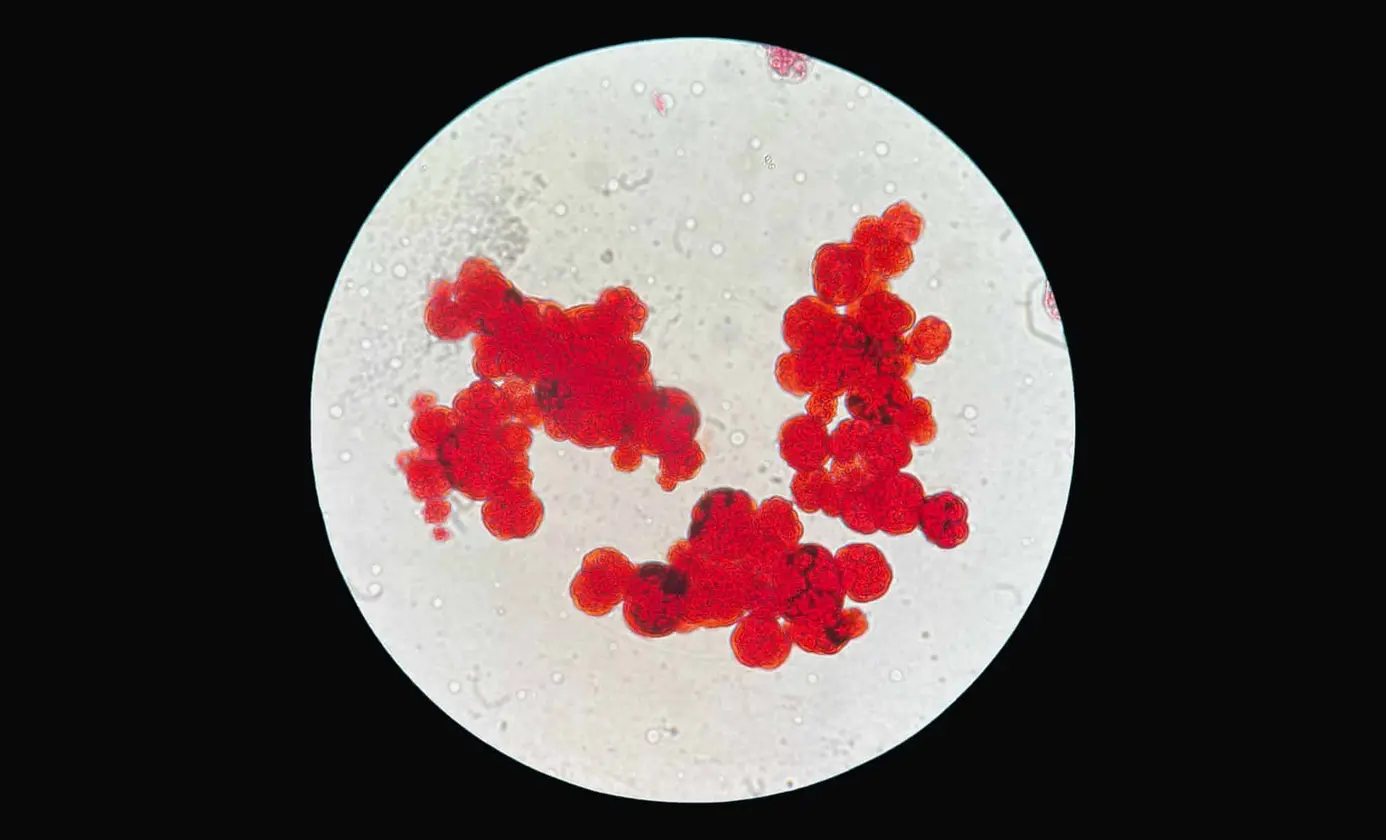
A microbe with a minimal genome linked to a host challenges traditional ideas about what counts as living.
New Microbe Blurs Lines Between Life and Virus
Researchers publish a study on Sukunaarchaeum mirabile, a microbe found in plankton DNA near Japan. The organism sits in the Archaea domain but shows traits usually seen in viruses. Its genome spans about 238,000 base pairs, making it one of the smallest cellular genomes. The genome appears stripped of standard metabolic pathways and mainly encodes machinery for replication, transcription, and translation, implying heavy reliance on a host for energy and nutrients. The microbe was discovered inside the DNA of the marine plankton species Citharistes regius, indicating a tight symbiosis that could shape its evolution.
Experts say the finding could rewrite parts of the evolutionary tree. Sukunaarchaeum may represent a distinct archaeal lineage or even a new phylum. The study notes that similar lineages might be lurking in environmental sequencing data, sometimes misclassified as viral remnants. If confirmed, the discovery would force biologists to rethink what counts as life and how cellular communities coevolve in the ocean.
Key Takeaways
"Its genome is profoundly stripped-down"
description of Sukunaarchaeum's genome by the researchers
"The discovery pushes the conventional boundaries of cellular life"
researchers commenting on the impact of the finding
"Many stealth lineages may be hiding in environmental sequencing data"
authors noting hidden diversity in data
"This could prompt a reevaluation of what counts as living"
opinion on the broader implications
Life is often framed as a self-sufficient system. This organism challenges that idea by thriving through dependence on a host, suggesting a spectrum rather than a checklist for life. The study also shows how modern sequencing can reveal biology hidden in plain sight, especially in ocean ecosystems where intimate partnerships are common.
Caution is needed, however. Extraordinary claims require replication and broader sampling. If more such lineages exist, science may need a revised narrative about metabolism, symbiosis, and the boundaries of cellular life. The potential payoff is a richer map of microbial diversity and evolution, but the risk is overstating what a single discovery means for biology as a whole.
Highlights
- Life may be smaller than we thought
- Minimal life can thrive through dependence
- Stealth lineages hide in data waiting to be named
- A new branch in the tree of life could be unfolding
The next phase of research will test how far such life forms extend into the boundaries of biology.
Enjoyed this? Let your friends know!
Related News
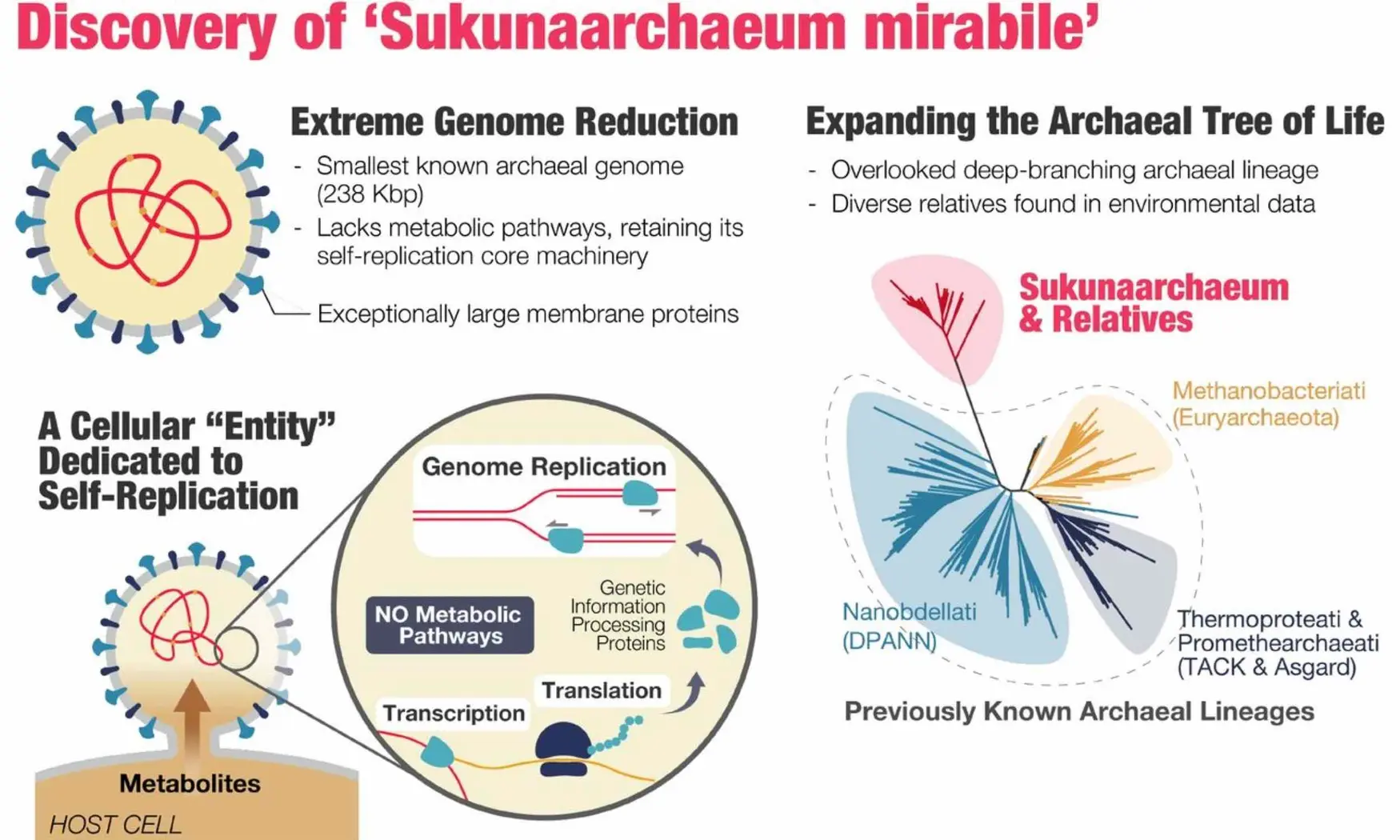
Microbe redefines life boundaries

Discovery in Grand Canyon challenges views on life's origins

New Study Reveals Life Thrives Beneath Earth's Surface

Amish reveal low allergy rates

Unique Microbe Discovered in Yellowstone
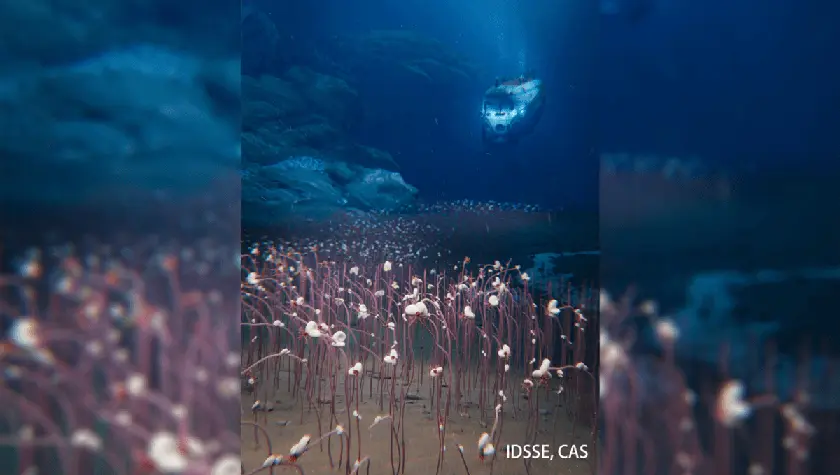
New Ecosystem Found 9,533 Meters Undersea

Prize boosts charity funds and profile
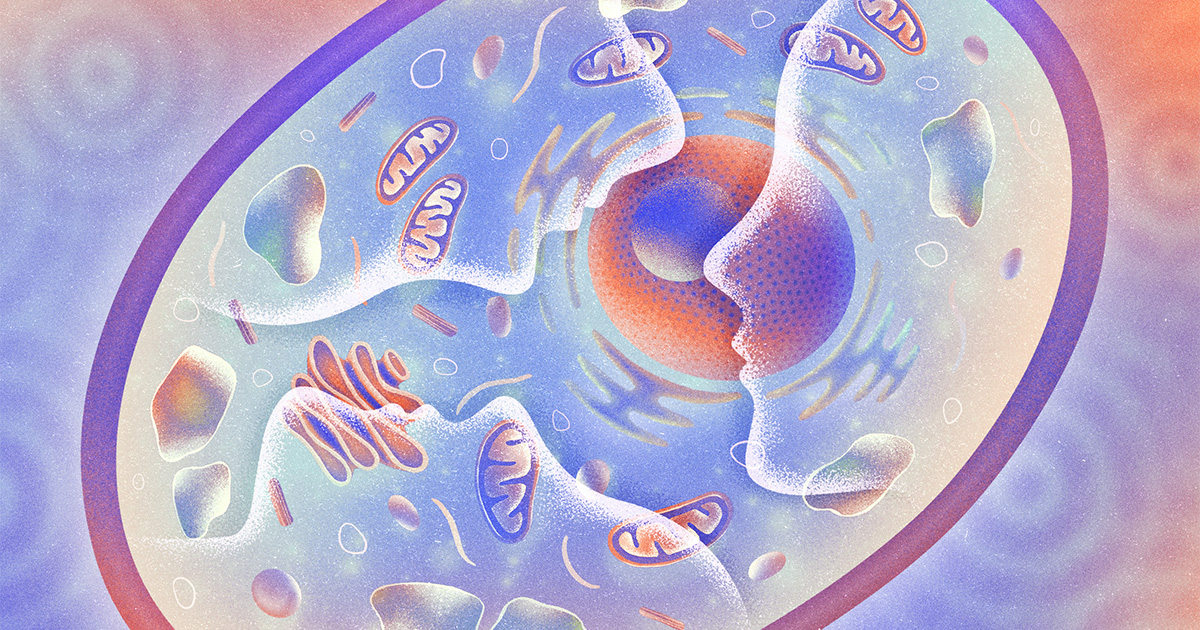
New Research Reveals Cells May Have Memory
